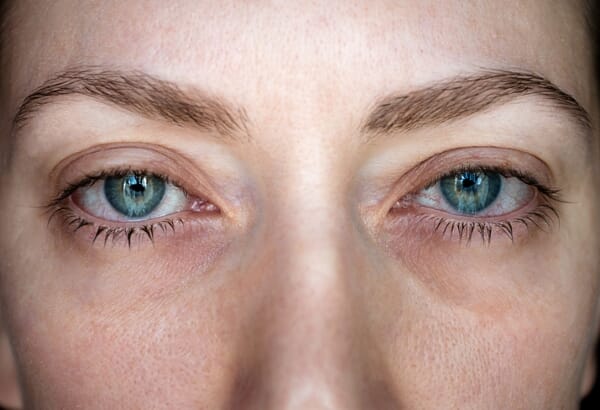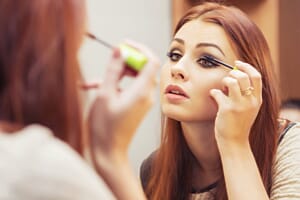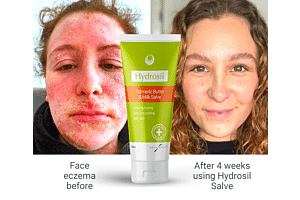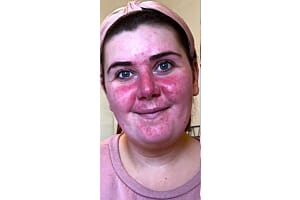Experts are warning that this year’s hay fever season, which effects millions of people in the UK, is going to be longer and more intense than ever and that sufferers may have more problems with their eyes this year as a result.
A recent study found the pollen season increased by 20 days and got stronger over 20% stronger between 1990 and 2018.
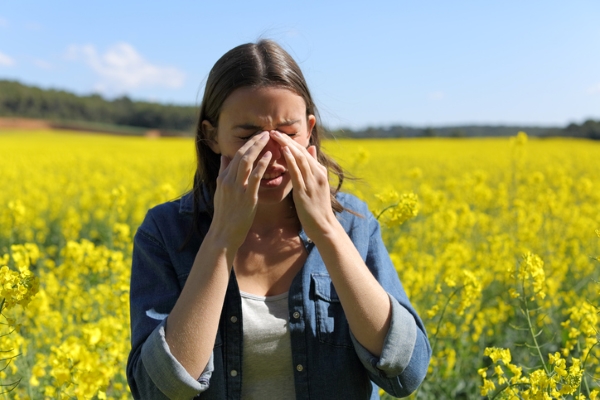
With the extended length of the hay fever season, the skin around the eyes and on the eye lids that is constantly exposed to itching, wiping and anti-histamine eyedrop residue can become dry, inflamed and very sore, possibly triggering skin conditions such as eye eczema or blepharitis as well as styes and conjunctivitis which can add to or prolong the misery of hay fever symptoms.
Dermatologist Dr Eva Melegh gives her 6 tips on how reduce and calm sore and inflamed hay fever eyes;
-
Rinse eyes with saline water daily
Pollen counts are at their highest in the early evening meaning that hay fever symptoms often get worse towards the end of the day. So as soon as you get in, rinse your eyes out with saline water.
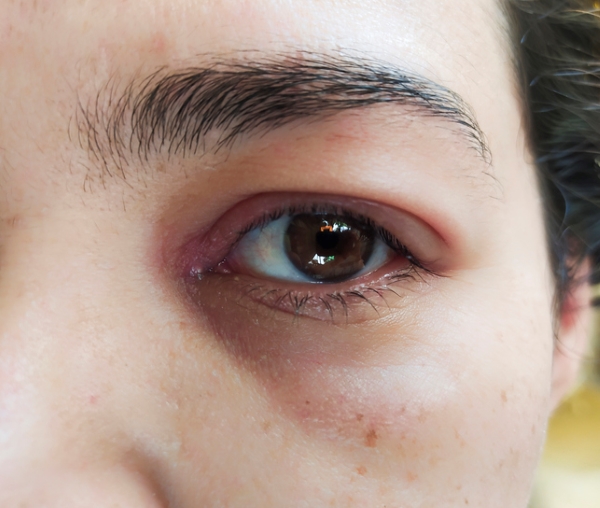
You can get this from the chemist. The individual ampules are best as that ensures the water is uncontaminated each time you use it. This can help reduce inflammation from allergens and may help avoid block hair follicles that may lead to styes.
-
Find an alternative to make up removers
Make up removers are great for removing make up but most contain solvents to break down the make up. These solvents can be quite drying at the best of times but if the skin around the eye is already irritated and damaged, they can cause inflammation and stinging too and can trigger eye conditions such as blepharitis.
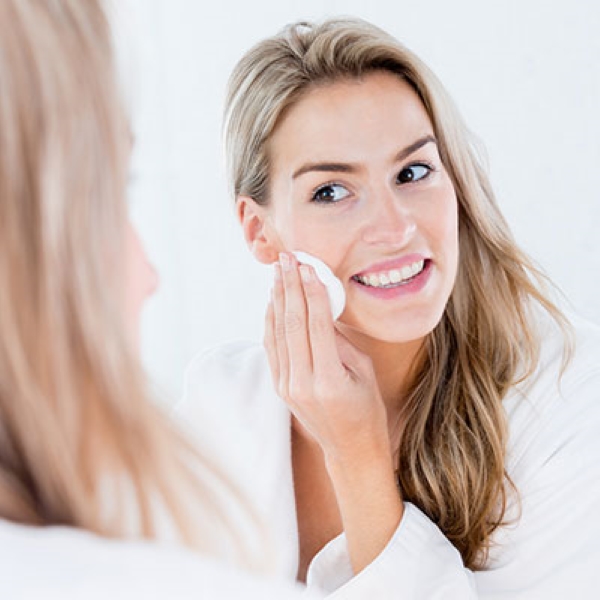
Instead use a natural oil first to break down the make-up, then use a water-free super gentle cream cleanser to gently remove the loosened make up residue.
Try Kalme Water-Free Cleanser for very sensitive skin (kalme.co.uk)
-
Use a protective eye product under cosmetics & suncreams
Allergies to eye cosmetics, beauty products and sun creams are very common, but are even more of a risk in eyes already inflamed and hyper-sensitive from hay fever.
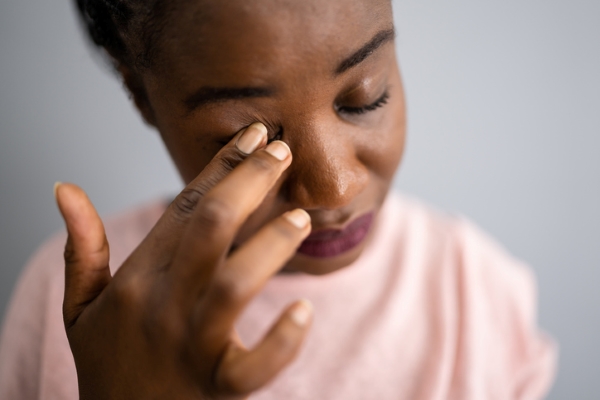
Sensitive and irritated eyes will need extra protection during the hay fever season to ensure that a flare of contact dermatitis is not triggered to add to the misery of hay fever symptoms.
Try Hydrosil Dry Eye Gel, a light calming eye gel that contains natural plant steroids to help calm down itching and irritation around the eyes. It can be worn on the eyelids and around the eyes under make up and sun creams to help keep the skin less reactive and irritated. It can also be worn overnight to calm irritated and inflamed skin around the eyes.
-
Bedtime showers are better than mornings
It’s preferable to shower before bed rather than in the morning during hay fever season as your skin and hair is likely to be full of pollen particles from the day’s activities so rinsing them all off before you get into bed means that your bed sheets and clothes will not also be contaminated with pollen.

-
Wear sunglasses whenever possible
Sunglasses can help protect eyes from pollen dust to a degree. The larger the style and the more they wrap around the face the better.

Visor and sporting styles are the most effective barriers to pollen particles. Make sure you frequently wipe your sunglasses down with a clean cloth to remove pollen build up on the lenses and frames.
-
Ditch daytime mascara
Although mascara is an essential cosmetic for many people, if you suffer from hay fever it can add to the problem. Mascara is by its nature a sticky and durable substance that clings to the eyelashes. But once pollen is in the air its clingy consistency means pollen sticks to it too.

For the hay fever season, if possible, avoid mascara, at least during the daytime. Eyelash tinting can be a less sticky alternative for the hay fever season.



